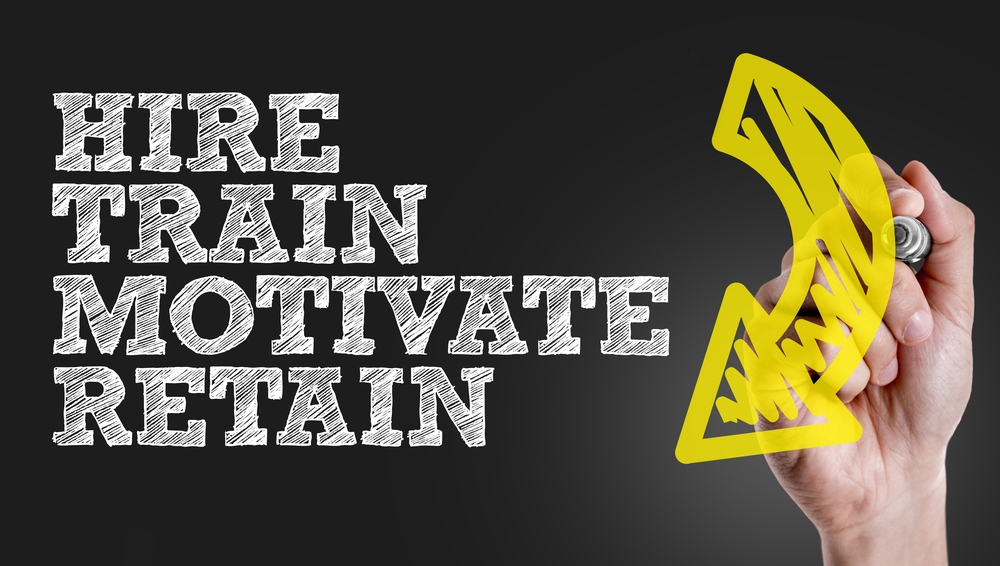Precoronavirus, employers were pulling out all the stops to attract and retain top talent, because when it comes to talent retention, it’s no longer just about salaries and bonuses, flexible schedules, and abundant paid time off (PTO).

Today’s employees value personal growth and development and the potential for career advancement as top-tier job benefits. Rather than finding comfort in a stable, steady job they can coast in until retirement, workers are looking for fulfilment and growth, and if they don’t find these benefits with their current organization, they’ll happily look elsewhere.
Lack of Training Makes Employees Restless
Nikos Andriotis, an eLearning expert, writes about a recent study indicating that 60% of workers in the United Kingdom have changed jobs due to limited training opportunities.
“Employees fearing that their skills are becoming obsolete, and whose employer denies them the chance to pick up new ones, will consider fleeing their company to further their professional development,” writes Andriotis.
Today’s employees no longer want to stay in the same position and do the same type of work year after year. They crave new challenges and opportunities. And pre-COVID, where employees had multiple options, this restlessness would lead them to seek new opportunities elsewhere.
But, employers can take steps to provide employees with the training and development opportunities they crave.
Employee-Specific, Employee-Influenced Training
Obviously, employers need to train their staff on the knowledge and skills that are important to the business. But training and development plans for specific employees should also take into consideration each individual’s needs and aspirations.
Companies should build training programs around employee development plans and chart out a career path with each employee. Where will each person be in 1, 3, or 5 years and beyond? If the employee doesn’t receive promotions or other milestones on that career path, explain why, and help him or her adjust the plan to fix any skills gaps to get there.
For example, an employee who tells his or her manager he or she aspires to attain an executive-level position should have a training program that includes the development of delegation, management, and leadership skills. If, after a few years, the employee hasn’t quite achieved certain goals, revisit the training to see if there are remaining skills gaps, and work on a plan to address them.
Importance of Role Models and Mentors
Mentors among senior-level staff can also play a valued role in integrating training and development into an overall retention strategy. These senior staff can not only be a personalized conduit through which new skills and experience can be imparted but also serve as role models and examples of how staff can rise through the organization’s ranks.
And, they can encourage junior staff to put in the time and effort to get there and let them know the company is serious about promoting from within.
While COVID-19 has drastically changed today’s job market, it hasn’t changed the fact that employees still want to learn and grow in their careers. Demonstrating a commitment to their growth and development in their current organization is a great way to keep them around long term.
